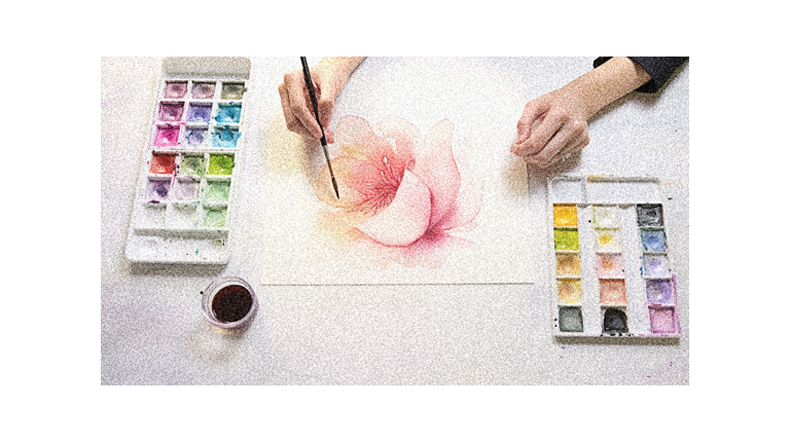As an avid watercolor artist, I’ve always been mesmerized by the enchanting allure of transparent layers.
In this article, I’ll unravel the secrets behind creating stunning watercolor washes. Each technique offers unique beauty, from seamless flat washes to smooth graded transitions and blended variegated washes.
With step-by-step instructions and practical tips, we’ll explore the art of brush technique, wet on wet or dry, and the essential materials needed for breathtaking results.
Join me on this artistic journey as we unlock the captivating world of watercolor washes.
The Basics of Watercolor Washes
I will explain the fundamental techniques and principles of watercolor washes.
Watercolor washes are a key element in creating beautiful and vibrant paintings. These washes consist of transparent layers of diluted paint that can build backgrounds or add depth to a piece.
Understanding the different types of washes is crucial for achieving the desired effect. There are three main types of washes: flat, graded, and varied. Each type has its unique characteristics and can be achieved using various techniques such as wet on dry or wet on wet.
Understanding Flat Wash Techniques
Mastering flat wash techniques is essential for creating smooth and even layers of color in watercolor paintings. It’s a skill that requires practice and precision.
To evoke an emotional response in the audience, I’d like to highlight the following two aspects of flat wash techniques:
- Achieving control and mastery: Creating a flawless, uninterrupted layer of color can be incredibly satisfying. It gives a sense of accomplishment and pride in one’s artistic abilities. The smoothness and evenness of a well-executed flat wash can evoke a feeling of calm and balance.
- Creating depth and dimension: By layering multiple flat washes of varying colors, artists can create depth and dimension in their paintings. This can evoke a sense of depth and immersion, drawing the viewer into the artwork and creating a visually captivating experience.
Exploring Graded Wash Methods
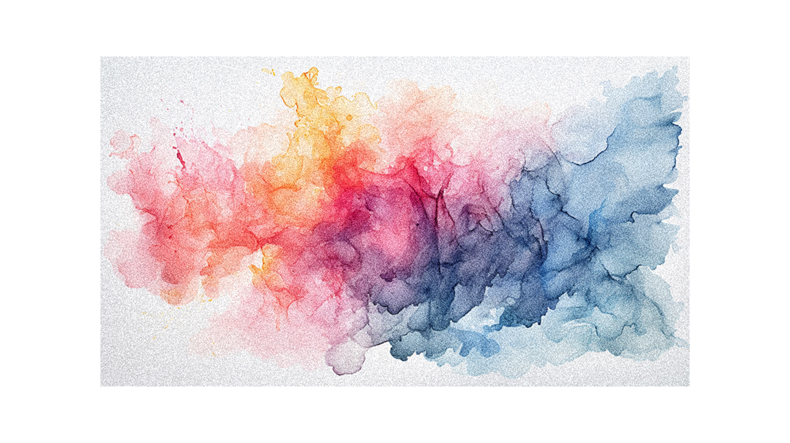
One vital method to explore regarding watercolor washes is the technique of creating a graded wash. A graded wash is a beautiful way to transition colors smoothly from dark to light or vice versa. It adds depth and dimension to your paintings.
To achieve a graded wash, start by wetting the entire area of the paper you want to cover. Then, apply your brush with a concentrated color at the top of the wet area.
As you move downwards, gradually dilute the color by adding more water to your brush. This will create a gradual transition from dark to light. Practice is key to mastering this technique, so don’t be afraid to experiment with different color combinations and brush strokes.
Mastering Variegated Wash Techniques
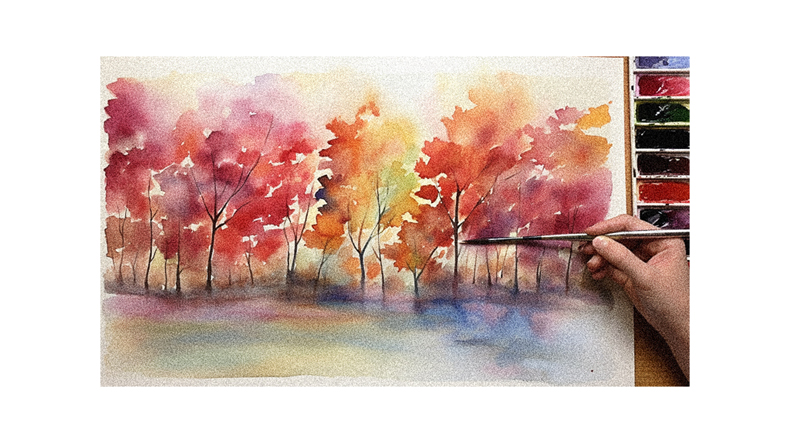
To create beautiful and dynamic watercolor paintings, it’s important to master the variegated wash technique. This technique allows for the blending of two colors, creating a soft and seamless transition on the paper. It adds depth and interest to your artwork, evoking a sense of wonder and intrigue in the viewer.
The variegated wash technique offers endless possibilities for creativity and experimentation, allowing you to explore different color combinations and effects. By mastering this technique, you can bring your watercolor paintings to life and captivate your audience with the mesmerizing beauty of blended colors.
Let your imagination run wild as you explore the magic of variegated washes in your artwork.
Wet on Wet: A Blending Technique
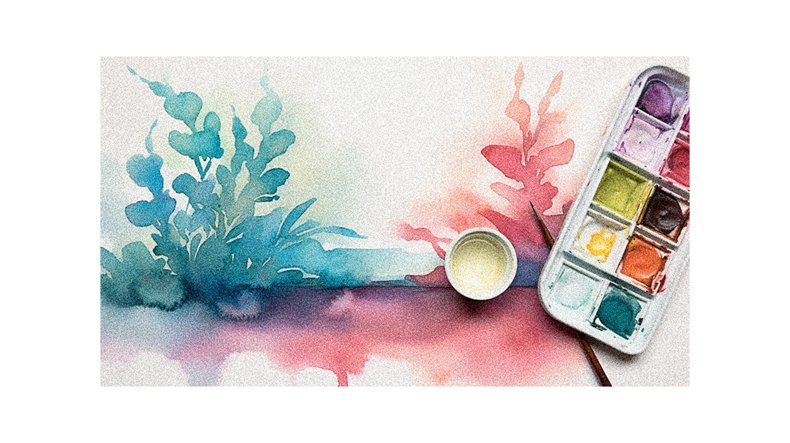
I love using the wet-on-wet technique in watercolor painting because it allows for a beautiful blending of colors on the paper. This technique involves wetting the paper with clean water before applying the paint, creating a surface that’s receptive to the pigments.
Once the paper is wet, I load my brush with paint and water and lay it on the damp surface. The wetness of the paper causes the pigments to spread and blend together, creating soft and subtle color transitions. It’s important to be generous with the paint mix and have enough ready in the palette to ensure a continuous flow of color.
The wet on wet technique is perfect for achieving a spontaneous and textured look in my watercolor paintings.
Wet on Dry: Creating Vibrant Washes
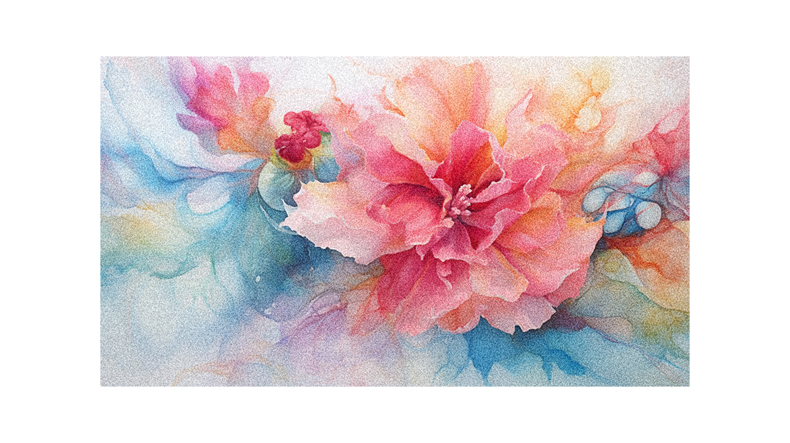
The wet on dry technique allows me to create vibrant washes in my watercolor paintings. By applying the paint and water mix on a dry piece of paper, I can achieve strong and bold washes that make my artwork come alive.
Working with a big brush horizontally from top to bottom ensures an even layer of color. I avoid re-applying the paint wash on the already done layer to maintain the vibrancy and intensity of the wash.
Planning the wash beforehand helps me avoid confusion during the painting process and allows me to focus on creating dynamic and eye-catching washes.
With the wet on dry technique, I can truly bring out the richness and vibrancy of the colors in my watercolor paintings.
Dry on Dry: Adding Dramatic Effects
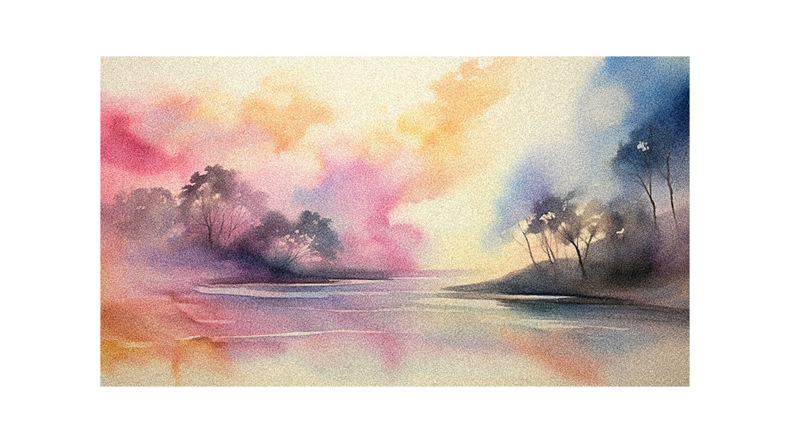
Applying paint directly on dry paper with little or no water, I can achieve dramatic effects and add a touch of intensity to my watercolor paintings.
The dry on dry technique, also known as dry-brushing, allows me to create rough textures that imitate the play of light on a surface. By using this technique, I can create bold and vibrant strokes that stand out in my artwork.
The lack of water on the paper allows the paint to sit on the surface, creating a unique effect that can’t be achieved with other techniques. Dry on dry is perfect for adding finishing touches or creating specific textures in my watercolor paintings, adding depth and interest to my artwork.
The Art of Blending: Enhancing Your Washes
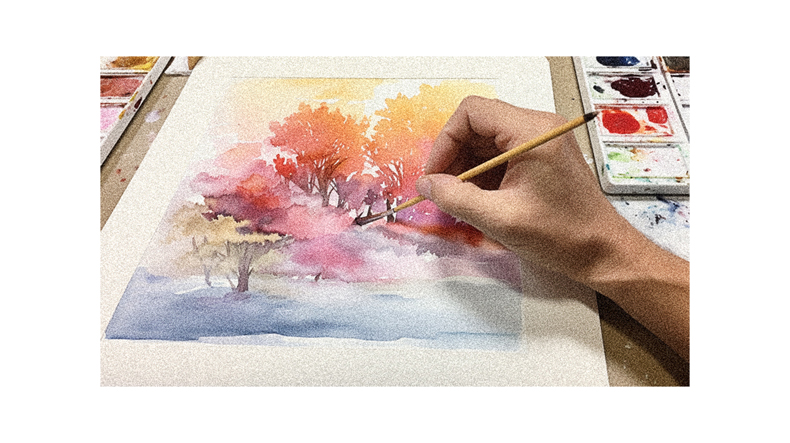
Blending techniques can greatly enhance the appearance and depth of washes in watercolor painting. By skillfully blending colors together, you can create beautiful and harmonious transitions that add a sense of realism and dimension to your artwork.
The art of blending allows you to seamlessly merge different hues, creating soft gradients and subtle variations in tone. This not only evokes a sense of emotion and atmosphere, but also adds visual interest to your washes.
With careful blending, you can achieve a sense of movement and depth, capturing the essence of light and shadow in your watercolor paintings. The possibilities are endless when it comes to blending, allowing you to create stunning effects and truly bring your artwork to life.
Lifting Out: Creating Soft Areas and Lighter Tones
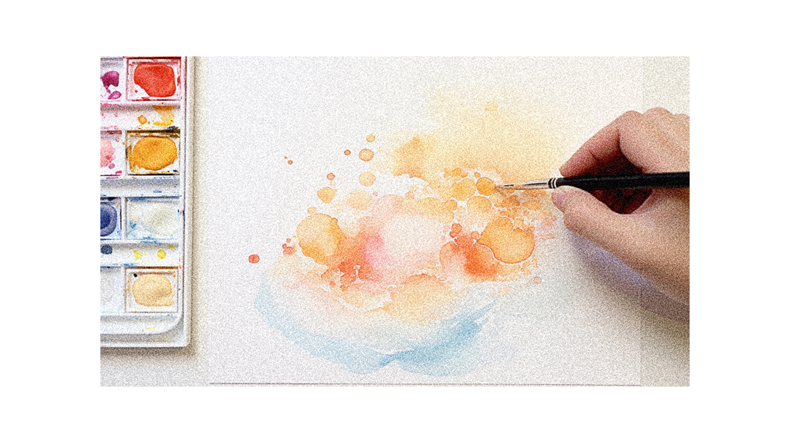
When I lift out pigments from a damp surface, I create interesting soft areas with lighter tones. This technique involves using a tissue or paper towel to gently lift the paint from the surface, revealing the underlying white of the paper or creating a lighter value of the original color. By selectively lifting out certain areas, I can create highlights, add texture, or suggest a sense of light in my painting.
It’s important to work on a damp surface to ensure that the pigments are still movable, making the lifting process easier. I can also use a moist brush to lift out pigments, which gives softer edges to the light tones.
This technique is a valuable tool in my watercolor wash repertoire, allowing me to create depth and interest in my artwork.
Choosing the Right Materials for Washes
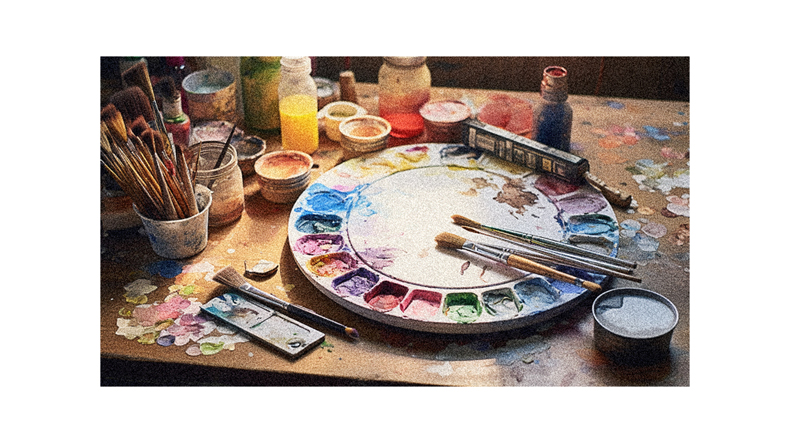
For creating watercolor washes, I need to choose the right materials that will help me achieve the desired effects in my paintings. The right materials can make a significant difference in the outcome of my artwork, and they can also enhance my overall painting experience.
Here are two reasons why choosing the right materials is important:
- Quality: Using high-quality watercolors and paper can elevate the appearance of my washes and ensure that they stand the test of time. It’s satisfying to see vibrant colors and smooth washes that show off my artistic skills.
- Ease of Use: Working with the right brushes and paper can make the process of creating washes smoother and more enjoyable. When the materials respond well to my strokes, it gives me a sense of control and confidence in my artistic abilities.
Investing in good materials can’t only improve the quality of my watercolor washes but also enhance my overall painting experience, making it a more enjoyable and fulfilling artistic journey.
Setting Up Your Workspace for Wash Techniques
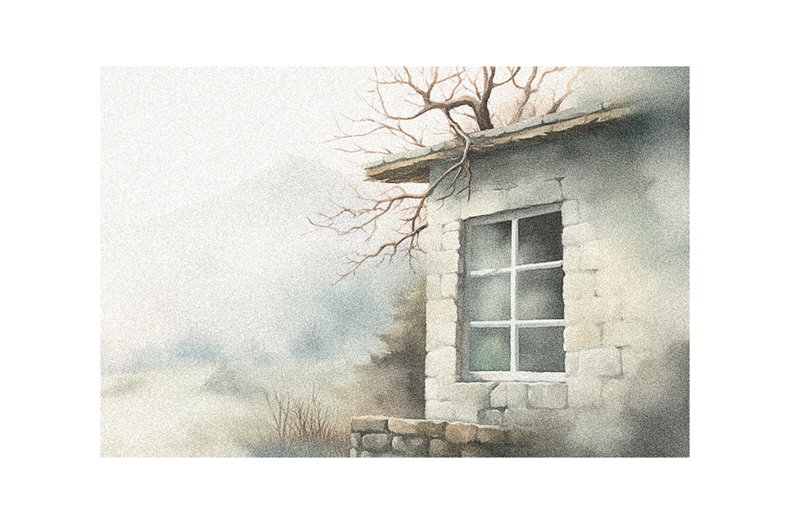
To create watercolor washes effectively, I start by organizing my workspace with the necessary materials and tools.
First, I make sure to have a clean and clutter-free surface to work on. I like to use a large table or desk where I’ve enough space to spread out my watercolor paper and set up my paints and brushes.
I also like to have a good source of natural light or a bright lamp to ensure that I can see the colors and details clearly.
Additionally, I make sure to have a water container or two nearby for rinsing my brushes and a paper towel or rag for blotting excess water.
Tips and Tricks for Smooth Brush Strokes
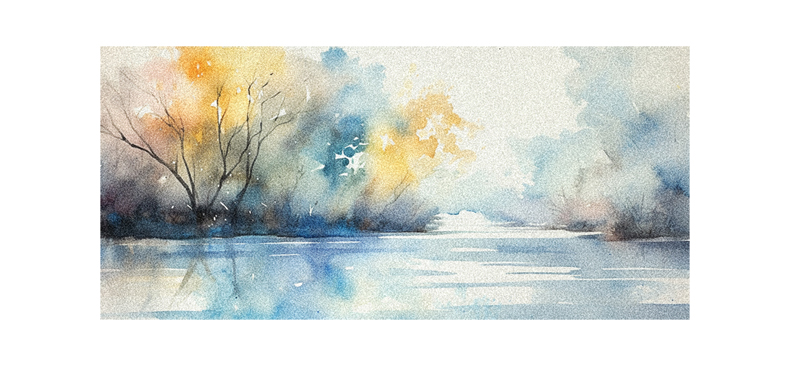
I find that practicing with a large round brush helps me achieve smooth brush strokes in my watercolor paintings. It allows for more control and precision in my technique.
Here are a few tips and tricks that have helped me achieve smooth brush strokes:
- Keep a light hand: Applying too much pressure can result in streaky and uneven brush strokes. By maintaining a light touch, I’m able to create smooth and fluid movements.
- Practice brush control: Learning to control the movement of the brush is essential for achieving smooth brush strokes. I practice different brush strokes and experiment with different brush sizes to improve my control.
- Vary the pressure: By applying varying pressure on the brush, I can create different effects and textures in my paintings. This adds depth and interest to my artwork.
- Use the whole brush: Instead of just using the tip of the brush, I make sure to utilize the full length of the bristles. This allows for smoother and more even brush strokes.
Achieving Desired Transitions in Graded Washes
Creating smooth and seamless transitions in graded washes is essential for achieving a cohesive and visually pleasing watercolor painting. Graded washes involve fading the color from full intensity to transparency, creating a beautiful gradient effect.
To achieve desired transitions, it’s important to use the wet on wet technique. By wetting the paper with clean water before applying color, the colors can blend together smoothly. It’s also helpful to tilt the painting to control the flow of water and pigment.
Another technique is wet on dry, where the paint is applied to dry paper, creating vibrant and strong washes. Practice and experimentation with different brush strokes and water-to-paint ratios will help in achieving the desired transitions and creating stunning watercolor paintings.
Color Blending in Variegated Washes
While blending colors in variegated washes, I can achieve beautiful and seamless transitions by using the wet on wet technique. By applying wet paint onto a wet paper surface, the colors blend effortlessly, creating a harmonious and vibrant effect.
This technique allows for the colors to merge and flow together, resulting in stunning and unpredictable outcomes. The unpredictable nature of the wet on wet technique adds an element of excitement and surprise to the painting process, evoking a sense of joy and spontaneity in the artist.
The soft and subtly blended color effects achieved through color blending in variegated washes evoke a feeling of tranquility and serenity in the audience, as they witness the gentle merging of hues on the paper.
Layering Washes for Depth and Texture
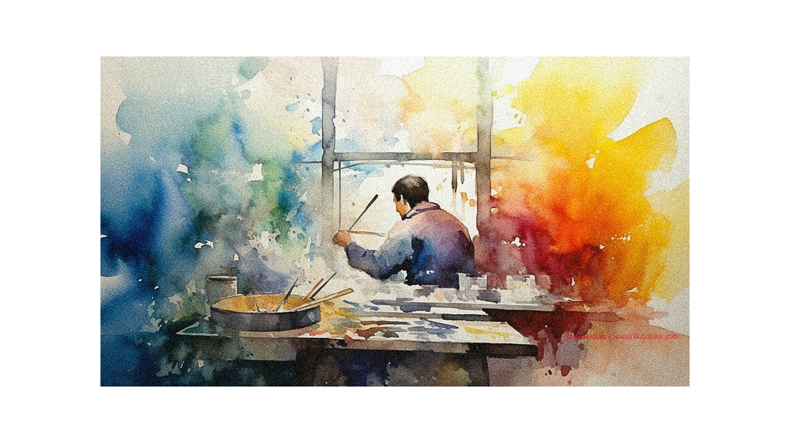
To achieve greater depth and texture in my watercolor paintings, I can layer washes using a combination of transparent colors and brush techniques.
Layering washes involves applying multiple layers of diluted paint on top of each other. By doing this, I can create a sense of depth and richness in my artwork.
I start by applying a light wash as the base layer, allowing it to dry completely before adding subsequent layers. Each layer adds more intensity and complexity to the painting, enhancing the overall texture.
To achieve a smooth transition between the layers, I use brush techniques like blending, feathering, and lifting. This layering technique allows me to create intricate details and subtle variations in color, resulting in a more visually interesting and dynamic watercolor painting.
Follow us on Pinterest for more tips, tutorials, and artist reviews!

